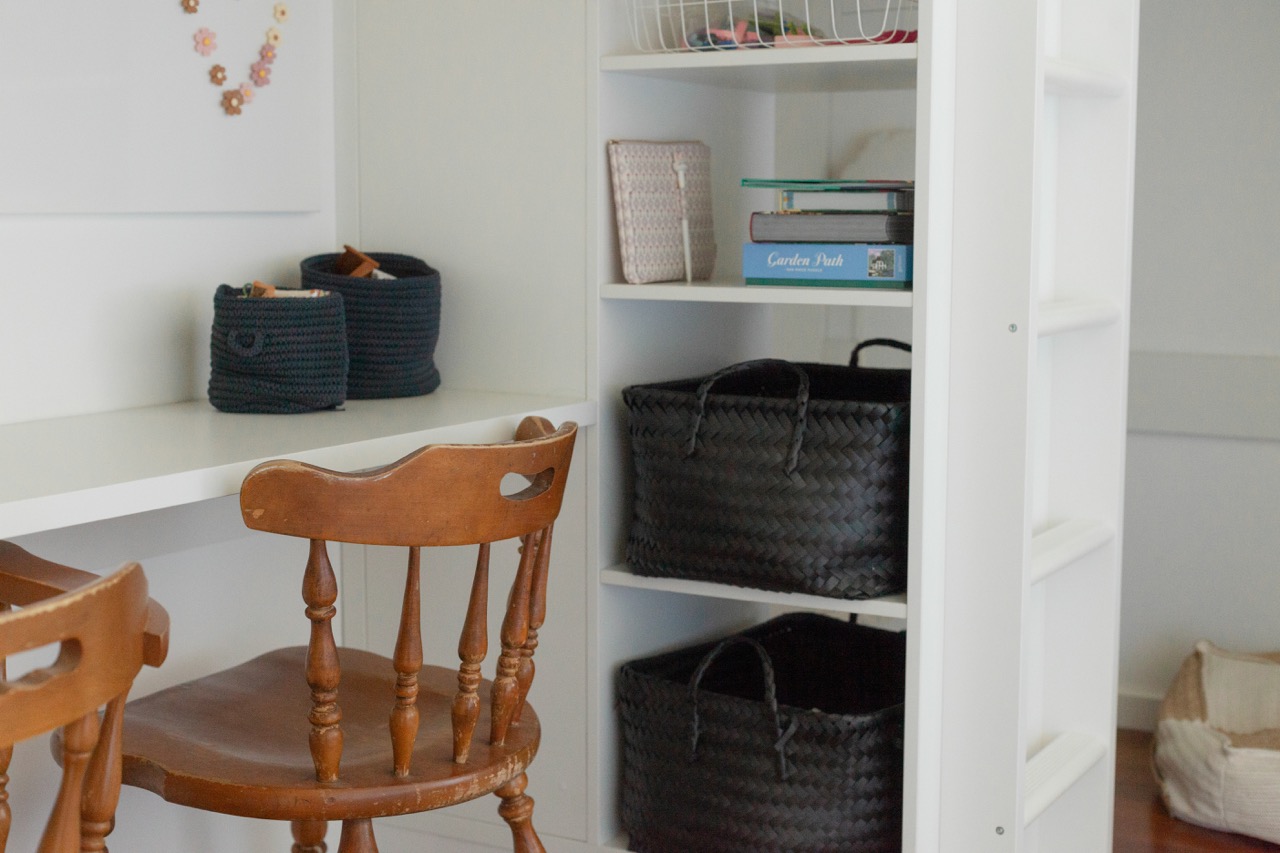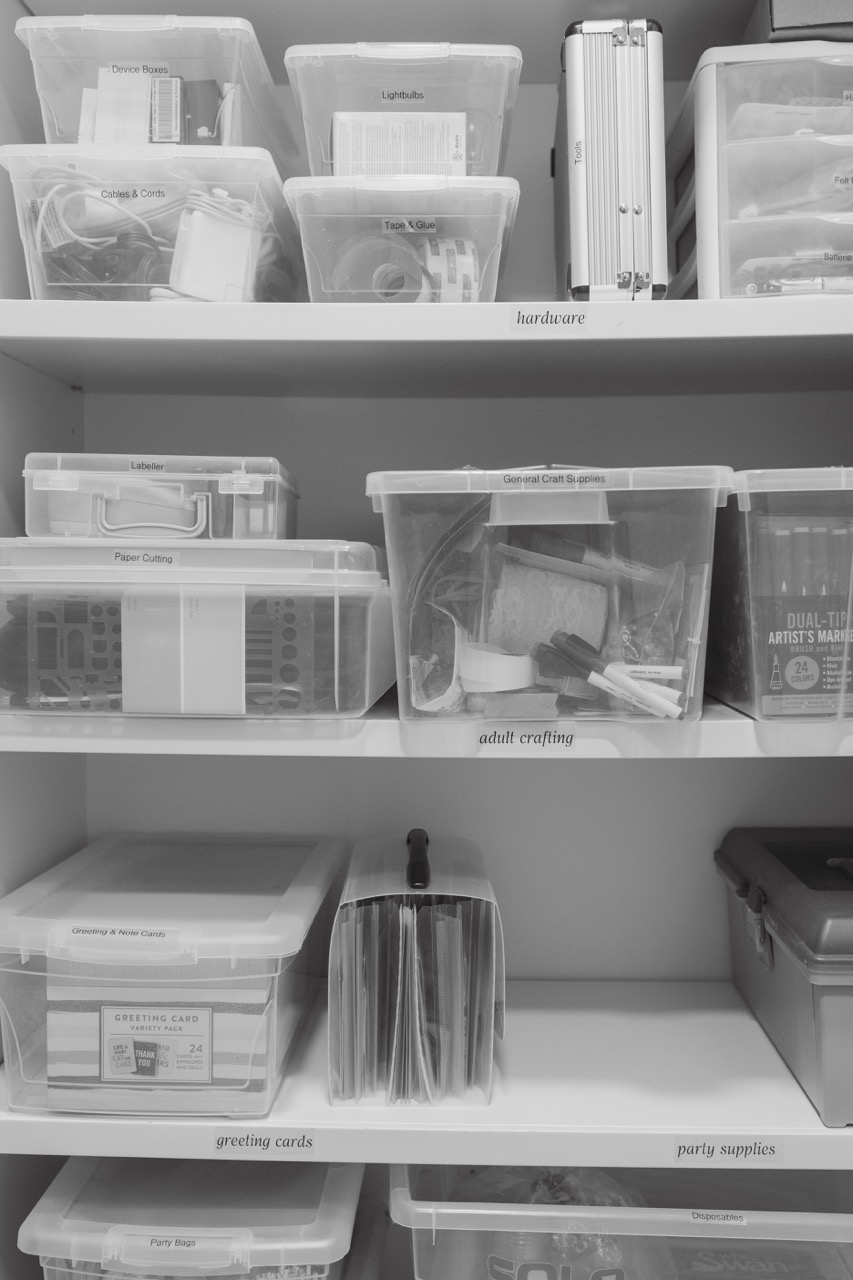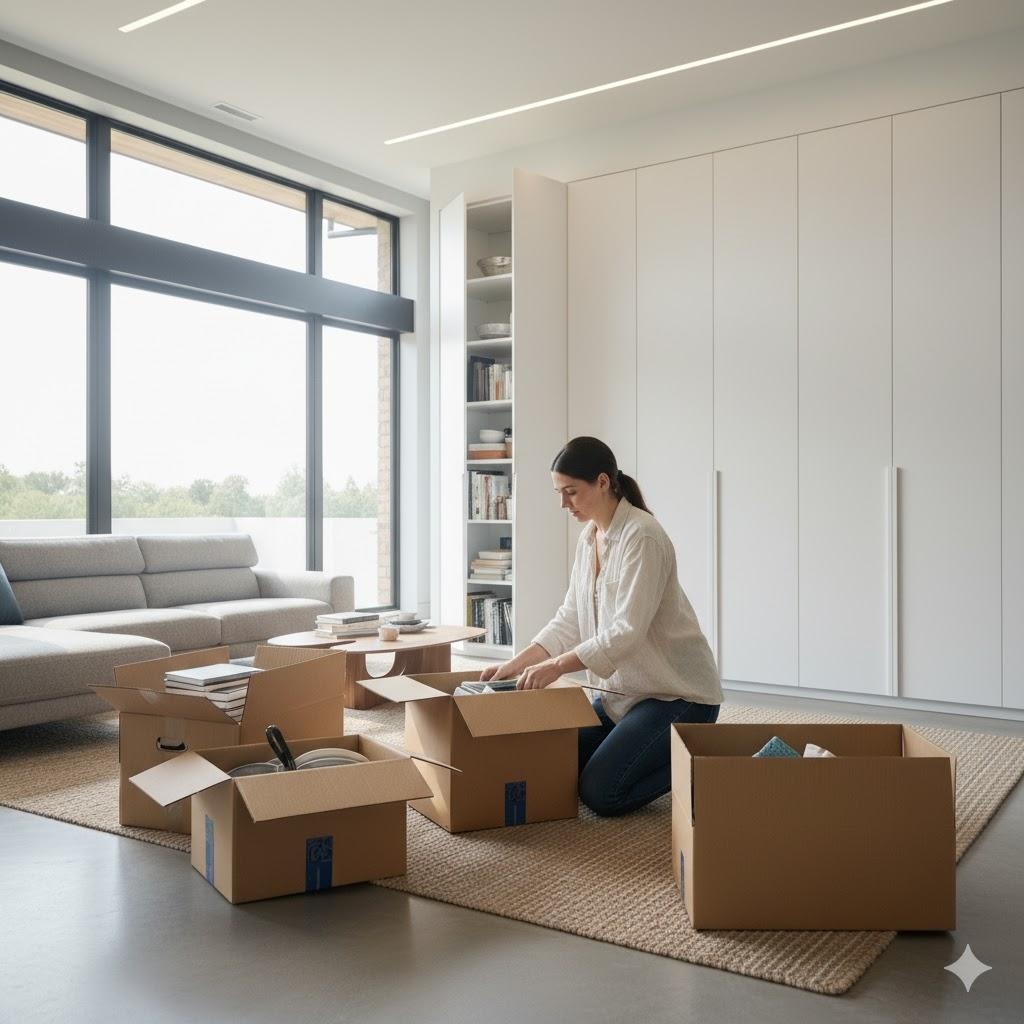November is that perfect in-between month. We're cozying up indoors, but the big holiday rush—and, for families, the inevitable new influx of toys—is just around the corner. If the sight of scattered LEGOs and mismatched game pieces is already spiking your stress, you're not alone! A cluttered space can feel just as overwhelming as a cluttered schedule— not only for you, but for kids as well.
Right now, before the big December magic, is the ideal time to create play systems that make room for peace to your home and make creative play easier for your kids. After all, the goal isn't just to tidy up; it's to create a space where your little ones can easily find what they need, engage deeply, and thrive.
Step 1: The Three-Bin System
Before you can create the 'home' for anything new, we need to talk about letting go of what's currently cluttering up the space. A quick solution for this is the "Three-Bin System". This prevents unused items from constantly existing as clutter and reduces the mental strain of having too much stuff.
- Grab three clear bins (labels ready!) and label them: Keep, Donate/Sell, and Storage.
- Work with your child and focus on categories (like all the blocks, or all the art supplies) instead of tackling the entire room at once.
- Ask key decluttering questions: Did you actually use this recently? Is it still in good condition?.
- Pop donatable items into the designated bin or tote, and remember to schedule time to drop-off to clear them out quickly.

Step 2: Making Obvious Homes
Often, if kids can't see what they have, they will pull everything out trying to find that one specific toy. Their play systems need to be visual and simple. The main goal is ensuring every single item has a specific, designated home.
- Utilize Clear Bins: Use clear, stackable bins for most items, especially smaller parts like blocks or art supplies. Clear bins make it easy to identify the contents.
- Label Everything: Pair bins with bold, easy-to-read labels. For pre-readers, consider adding a picture! Labels are always helpful to maintain systems.
- Implement the 5-Minute Tidy: Once everything has a home, you can do a quick five-minute tidy at the end of the day to stop small messes from piling up and get that instant "reset" feeling.

Step 3: The Rotation Strategy
Sometimes, the simplest way to reduce mess is to reduce the amount of stuff available at any given time. This is where the Rotation Strategy comes in, and it's free! By only having some toys out at once, you keep the play area tidier and make it feel exciting when the toys come back out.
- Designate a Rotation Zone: Use lidded, clear bins and place them in a less-frequented storage area, like a high closet shelf or spare closet.
- Swap with Intention: Every few weeks, swap out a bin of 'new' toys for a bin of 'old' toys. This keeps the play area less overstimulating and reignites your child’s interest in forgotten items.
- Don't Forget Under-Bed Storage: Under-bed storage is another fantastic tuck-away zone for periodically used items, including rotation bins.
By implementing declutter days, prioritizing clear, labeled containers, and using the rotation strategy, you can transform a chaotic play area into a creative sanctuary. You don’t need to do it all at once; just focus on one or two small steps, and little by little, it will all add up to a greater sense of calm.
Now your family is set up for a season of indoor play that's focused on fun, not frantically searching for the missing piece!












